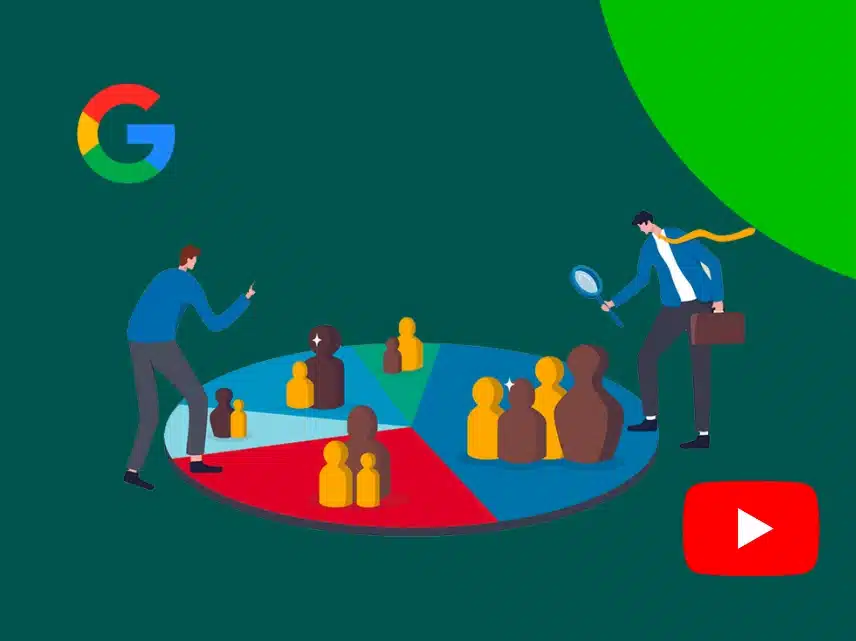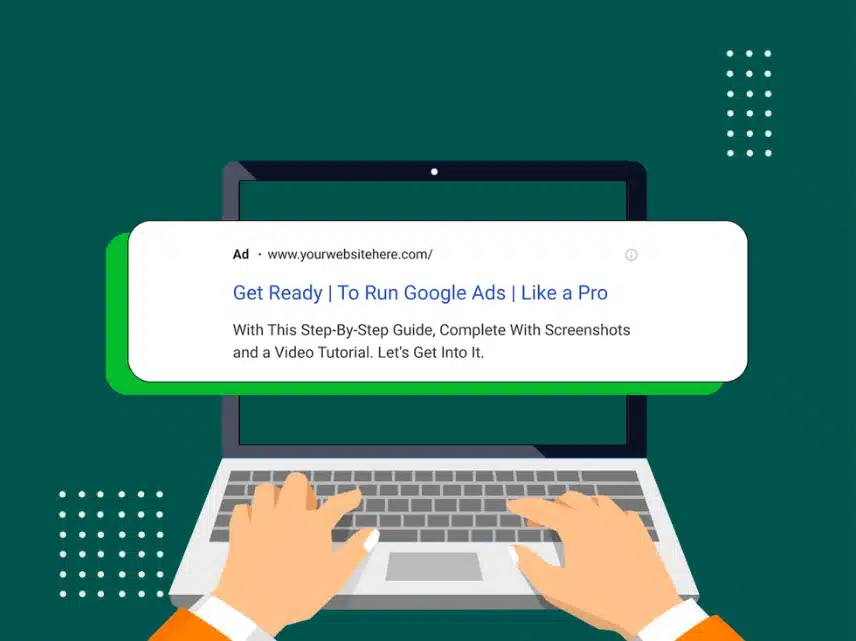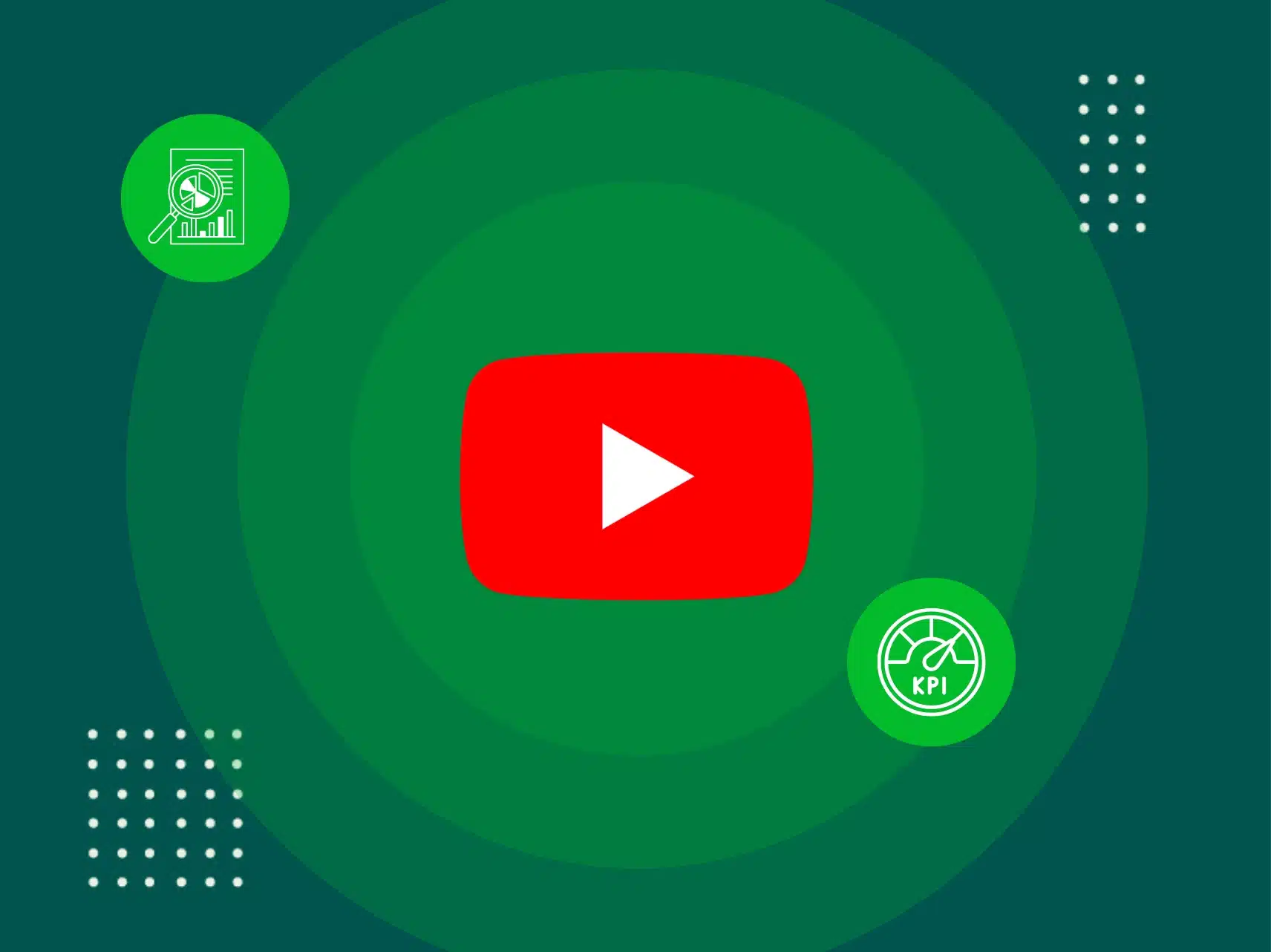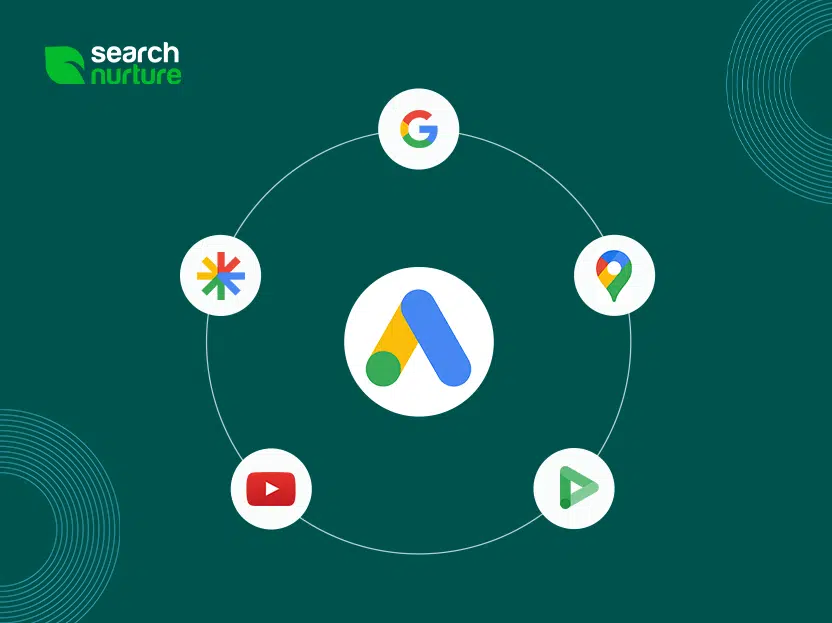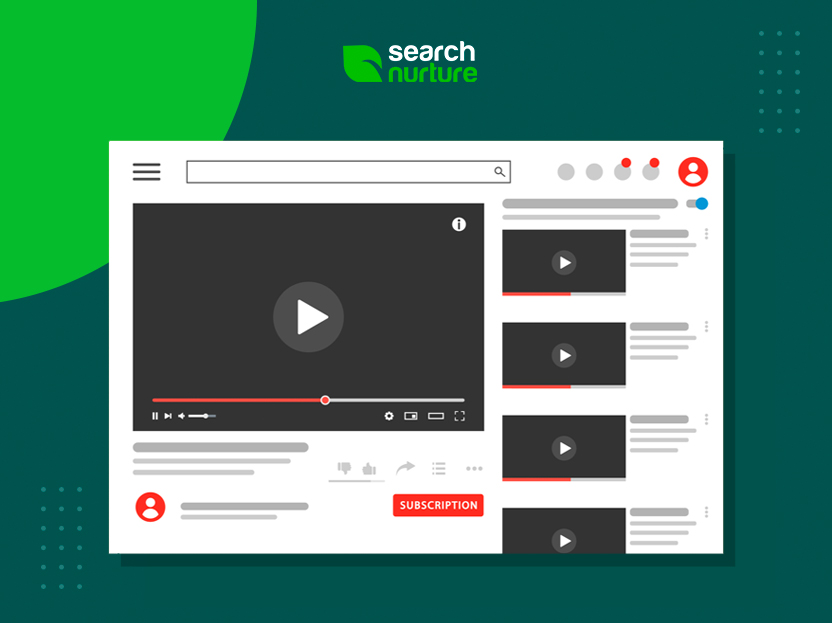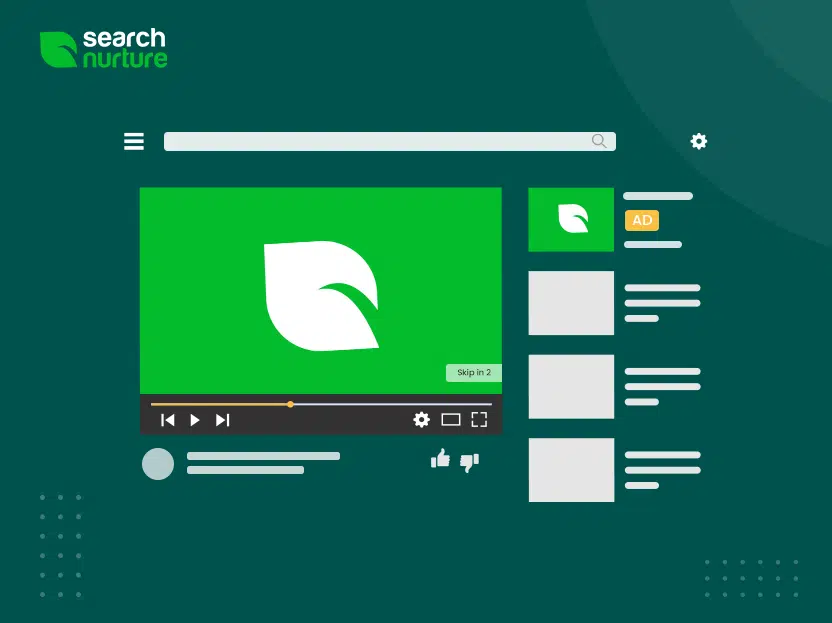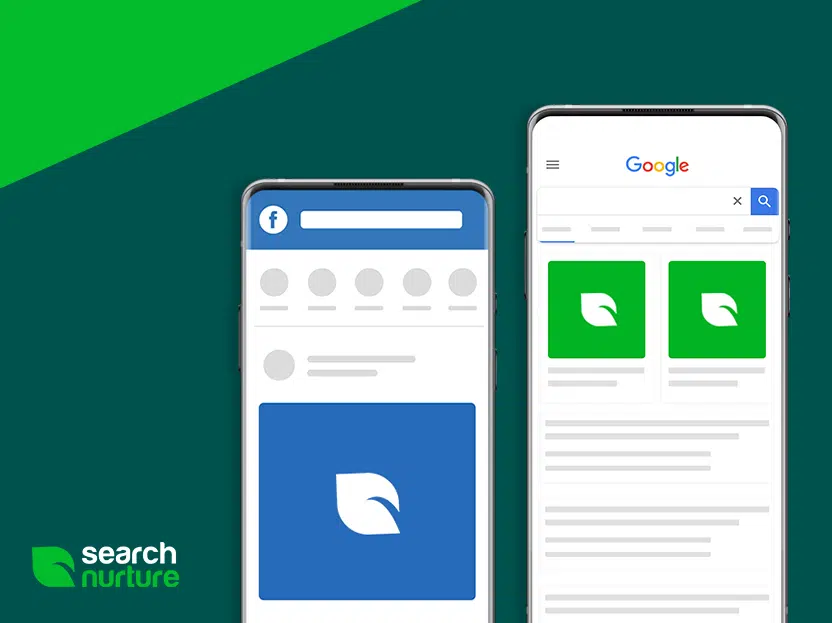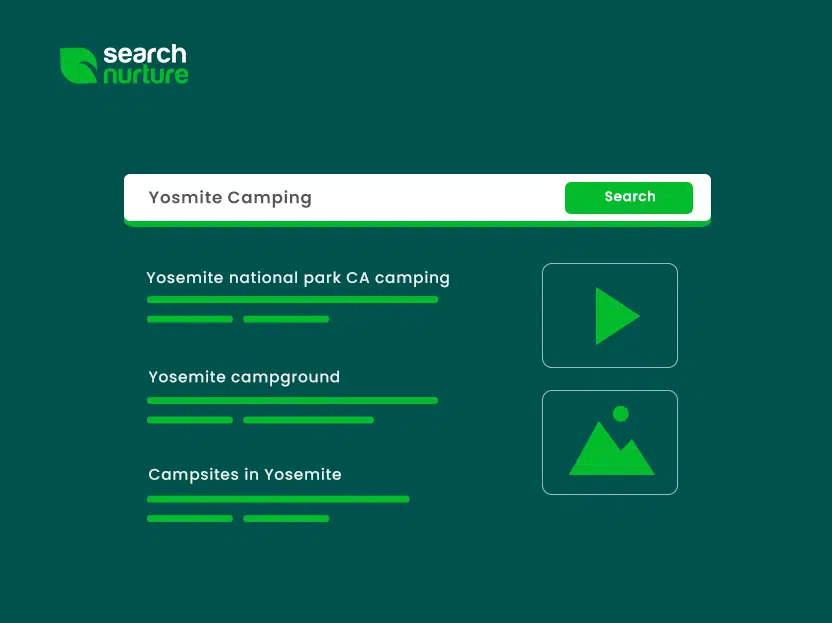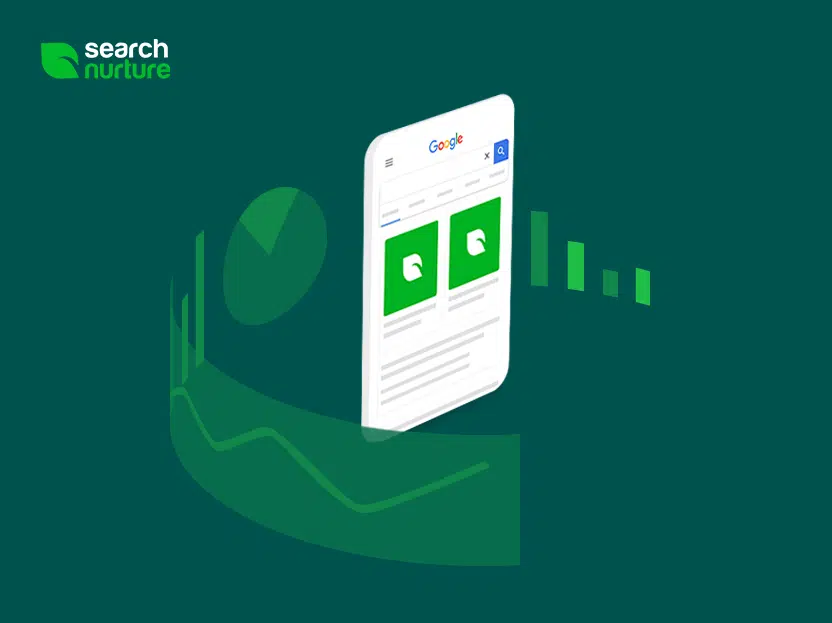Google and YouTube are two of the most trafficked websites by users in the United States, providing advertisers with a range of opportunities to reach potential customers. These platforms work together to put users into various buckets based on their search trends and interests. Advertisers can leverage these segments and create their own segments to get their advertisements in front of users. In this article, we will review the different audiences advertisers can utilize.
Affinity Audiences
Google builds Affinity Audiences by analyzing a user’s online activity to see their lifestyle and longstanding interest to build a sense of who the user is. Google considers what sites users visit, how long they spend on those sites, and how frequently they visit them. By compiling this information, Google can group individuals into buckets based on their interests. By understanding and using Affinity Audiences, advertisers can target users that have previously shown interest in related categories or might be interested in the product offerings.
Affinity Audiences are a great place to start targeting, as Google offers a wide range of buckets and regularly adds more. Some current affinity groups that Google allows advertisers to target are Beauty Mavens, Home & Garden, Sports & Fitness, Media & Entertainment, and Food & Dining, to name a few that offer even more specific targeting opportunities beyond those segments.
Depending on the goals of the campaign, advertisers can strategically target these groups. Advertisers might focus on specific audiences that are highly correlated to the product or service offering, but if the goal is to get as many eyes as possible on the ads, advertisers might opt to target a broad range of groups.

In-Market Audiences
In-Market Audiences allow advertisers to directly target users who are actively researching or planning for related services. Google identifies these users based on their recent online activities and what they are actively researching. While Affinity Audiences are focused on long-term interest in a subject matter, In-Market Audiences focus on short-term interest where the user is no longer interested after a purchase is made.
There is a long list of In-Market Audiences that Google has made available to target for all types of industries, including Apparel & Accessories, Baby & Children’s Products, Electronics, Gifts & Occasions, and even Seasonal Shopping.
In-Market Audiences can serve ads to users who are further down in the purchasing funnel than Affinity Audiences as they have shown that recent interest.

Custom Audiences
Custom Audiences leverage the relationship between Google and YouTube and allow advertisers to reach users who have recently used pre-identified keywords in Google searches. Advertisers can create a list of keywords that are most relevant to their product or service offering and serve ads to users who have directly shown interest in those specific keywords. This includes not only keywords that are related to their brand but also terms that are related to their competitors. While broad terms like “skincare” or “home goods” can be targeted, the more specific keywords are generally more effective.

Similar Audiences
If the advertiser has access to a list of customer data and is utilizing remarketing in their Google campaigns, this feature allows them to seek out individuals that Google believes are similar to your customer list. This can be a very effective tool to increase the reach of your remarketing groups, as collecting a large number of consumer information can be difficult, depending on the industry. Google is looking to remove Similar Audiences from marketers targeting strategies, so this feature will, unfortunately, be going away in the coming months.
Customer Match
Customer Match Audiences allow brands to use online and offline data to reach and re-engage users across various Google platforms. This gives advertisers to use the data they have collected from individuals to retarget them in various different forms across many Google platforms.

We generally recommend using a combination of audiences to target all types of users at various places in the purchase funnel. Testing different audiences and seeing how users interact with the ads can give advertisers insights into their customer groups and make informed decisions about future ad creation.
Connect with our team of experts to discuss opportunities for your business to get in on the action.


